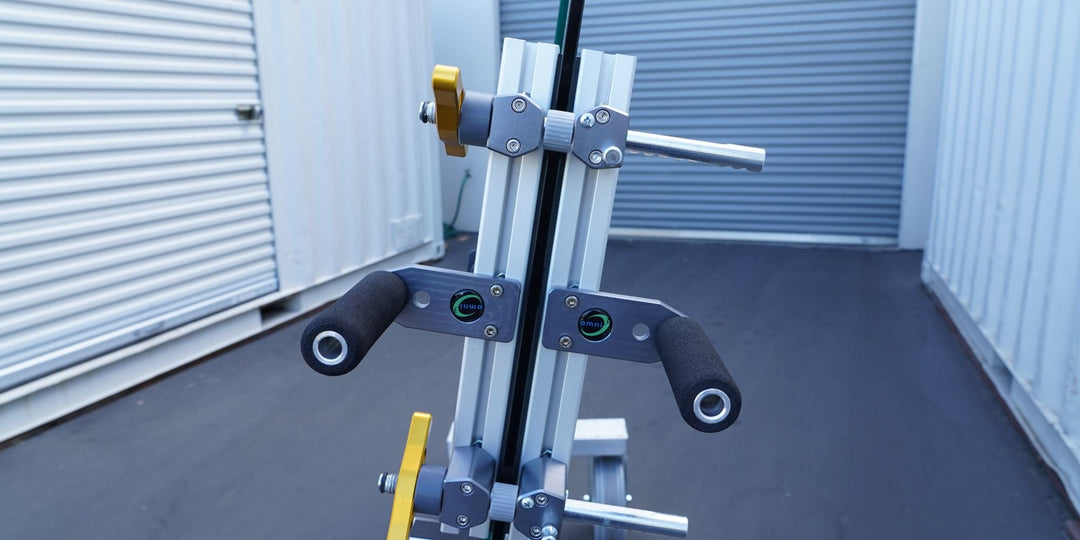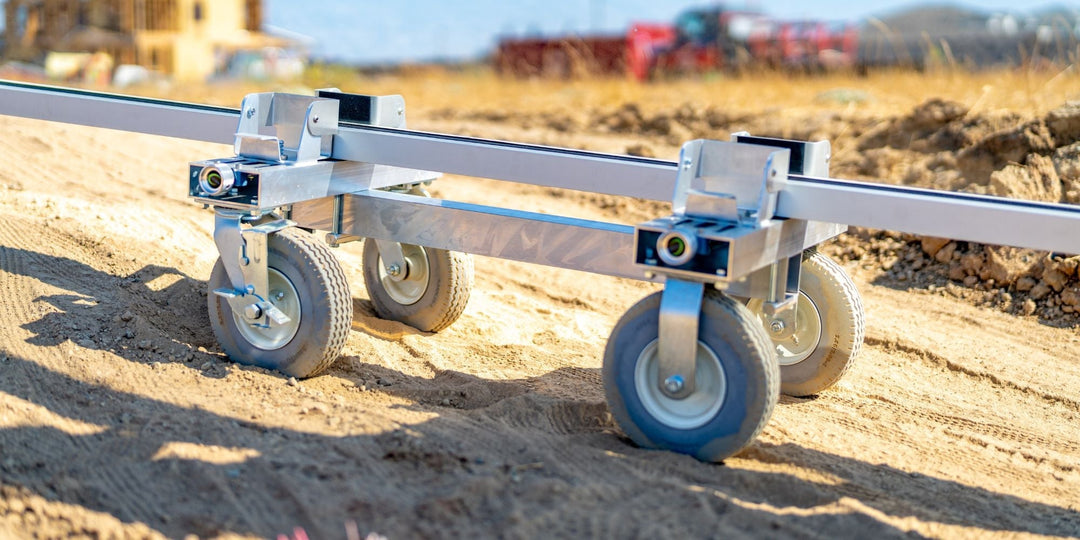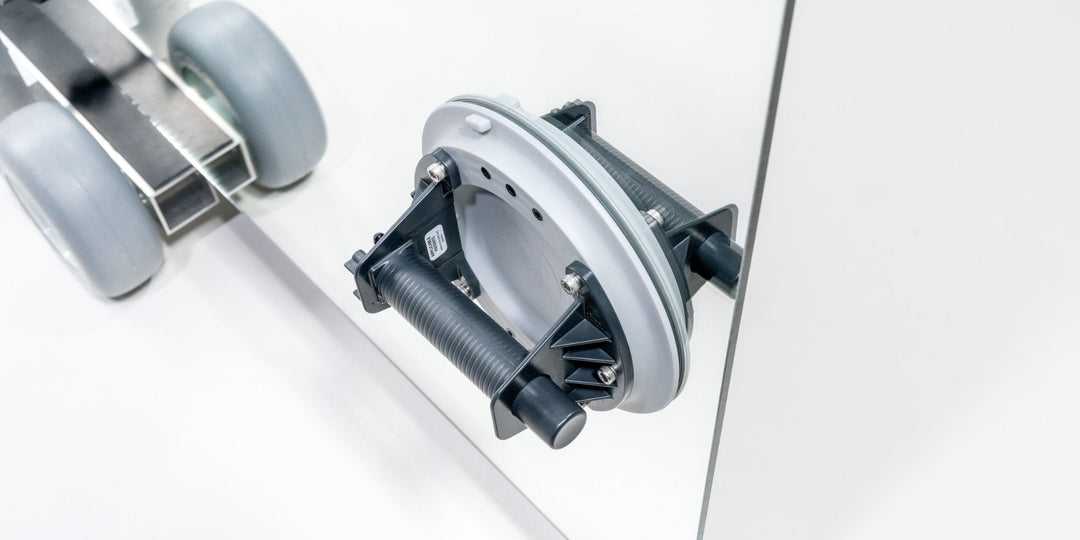How To Transport Glass — A Complete Guide

Transporting glass safely requires careful handling, proper tools, and secure placement to prevent cracking, shattering, or scratching. As a professional, you are already familiar with this, but let’s start with the general principles.
Rules for Transporting Glass
Keep Glass Upright

Always transport glass panels vertically, never flat. Laying glass down horizontally increases the risk of breakage from vibrations or pressure points. Ideally, panes should maintain a 5-10 degree angle as they are carried, driven, or carted to their destination.
Minimize Movement
Secure the glass in place to prevent sliding, tipping, or shaking. If the glass is in a box or crate, fill any empty space with soft materials that will absorb the impact from vibrations, jostling, and accidental bumping.
Use the Right Equipment

Safety is the first priority on the job site, followed very closely by high quality results and efficiency. Investing in the right tools enables your crew to get the job done right, the first time and every time. We’ll break down exactly what you need as we go over each step in the moving process.
Step 1: Planning
When mapping out your transportation route, you’ll want to stay off rough roads if you can, and make as few sharp turns as possible.
Allow more time than you’ll think you’ll need. Plan to drive cautiously and a little slower than normal to avoid sudden stops, go around potholes, and minimize any kind of shaking that can damage the glass.
Step 2: Inspect and Prepare the Glass
Check for any pre-existing cracks or defects before loading. You don’t want to waste time and effort moving glass you won’t be able to use.
Clean the glass to remove dust or debris that could cause scratches during transport.
Measure and confirm dimensions of the glass and your transport racks for proper packing and rack placement.
Step 3: Wrap and Protect the Glass
All glass has a light film on it, called Interleaving powder, to prevent scratching. Once the glass has been cleaned it needs something to protect it. If the glass has been cleaned or fabricated prior to loading, you’ll want to use cork pad separators between each piece.
Use foam sheets or bubble wrap to cover both sides and add edge protectors (or, in a pinch, corrugated cardboard) around the perimeter to protect your glass.
Secure the wrapping with stretch wrap or tape. It is not recommended that you use regular tape directly on glass, but our patented Kung Fu Tape is safe for glass, as it is specially designed to not cause damage or leave any residue behind.
Step 4: Load the Glass
Remember, never carry the glass horizontally or lay it flat for transportation.
Start with the largest and heaviest pieces that will go closest to the frame, followed by lighter pieces.
Use a Carry Vice or vacuum cups like our Stealth Grip to hold and carry the glass. This is especially important for panes that are too large or heavy to move by hand, and is the safest way to move glass sheets of any size.
Gently place the glass vertically on the truck or cart, leaning at a slight angle, against an A-frame or Half A-Frame glass racks. Make sure that all pieces stacked are tight against each other to prevent stress breaking or shifting that will loosen up your tie downs or stakes.
Step 5: Secure with Straps

Use non-abrasive straps to secure glass to the rack. Tighten the straps firmly, but not so tight that they create stress points. Consider our Steady Strap with Stop Blocks or other similar straps, especially for taller loads.
Double-check that glass cannot slide or rattle during movement.
Step 6: Unloading at the Site

Use a set of vices or suction cups, as mentioned above, to carefully remove glass from the rack. If transferring it to a cart or dolly, repeat steps 4 and 5.
If you have to make multiple trips or, for some other reason, will not be immediately installing the glass, place the panes on padded surfaces while prepping for installation. Again, never stack or lay them horizontally.
Step 7: Final Checks
After unloading, inspect the glass again for any damage before installation. Small imperfections will produce sub-optimal results and could even cause the glass to break during installation.
Safety and Pro Tips
Gloves and safety glasses should always be worn when loading and unloading glass. Thick, proper fitting gloves allow for a secure grip without risk of cutting hands, and safety glasses protect the eyes in the event that the glass shatters.
If installation requires a boom or scissor lift, the EZ Ledge Glass Lifter can help safely raise the glass while maintaining the proper 5 degree angle to avoid damage.
For high-value projects, consider custom crates for long-distance transportation.
Takeaway
Working with glass is about attention to detail. Using the proper tools for transportation significantly reduces the risk of costly breakage. With these best practices, you not only protect the glass, but also safeguard your crew, and deliver a flawless installation every time.






